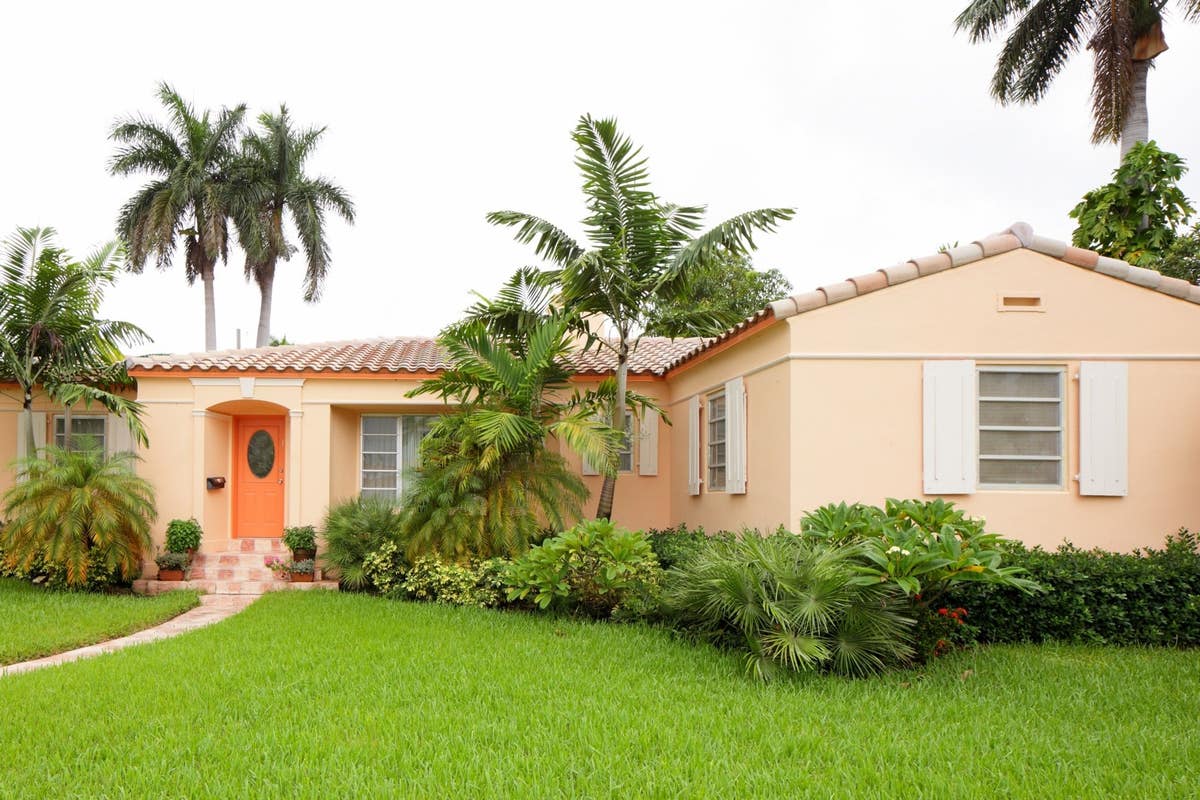Having a sense of where homeowners insurance prices are makes you a more informed buyer.
Nationally, prices for homeowners insurance have increased modestly in the last few years. According to data from S&P Global Market Intelligence, rates nationwide rose just over 12% from 2017 through 2021.
But national averages hide a lot, especially when it comes to homeowners insurance costs. Here’s a deeper dive of what the picture looks like in a few harder-hit states.
Home insurance prices up 206% in Florida
Florida homeowners insurance prices rose faster than the nation as a whole, jumping 206% from 2018 to 2023. A key factor as to why Florida premiums keep going up is reinsurance.
Reinsurance helps insurance companies cover catastrophe-prone areas. Recently, major hurricanes, like Ian, Nicole, and Idalia have caused big losses and that’s forced reinsurance prices to rise for insurance companies.
Several states see prices go up 20% – 30%
Despite Florida’s higher-than-average price hike, it wasn’t the only state to see upticks. Axios reports increases between 20% to 30% in:
-
Arizona.
-
Illinois.
-
Texas.
-
North Carolina.
-
Oregon.
-
Utah.
In some cases, the risk for major hurricanes – particularly in Texas – is a factor in the rising home insurance prices. But other weather risks are also a factor, including hail and wildfire.
One more important note for North Carolinians: the North Carolina Rate Bureau has scheduled a hearing for 2024 to contemplate a rate increase for non-owner occupied properties.
This may mean rental property owners on the Outer Banks might see an increase of 75% or more on new and renewing wind hail policies. However, if the state’s Department of Insurance and Rate Bureau reach a settlement before April, the hearing will be canceled.
Big home insurance price increases in Great Plains states
While premiums have been on the rise in coastal states for obvious reasons (hurricanes and flooding), they certainly don’t have a monopoly on high home insurance costs. In fact, as of this year, some of the most expensive states for home insurance are actually Great Plains states, including Oklahoma, Kansas, and Nebraska.
Here’s a look at the causes of those price increases and some ways homeowners in those states can help keep their rates low.
-
Oklahoma: Blame the rise on natural disasters. Some research shows that Oklahoma is the most expensive state in the country for home insurance. With average rates of nearly $2,500 higher than national averages, Oklahoma is more expensive than Florida, Texas, or Louisiana.
-
Kansas: Hail, tornadoes, and fire incidents all contributed to the nearly-$5,000 average price for Kansas homeowners. As is true around the country, making sure you have safety features in place may help reduce your premiums.
-
Nebraska: The average yearly insurance premium of $5,433 for Nebraska homeowners can be attributed primarily to its volatile weather patterns. According to data from Global Wind Atlas, Nebraska is the fifth windiest state in the country.
If you’re looking to save money on your homeowners insurance, we may be able to help. Apply for coverage with Kin today. It takes just a couple minutes and you’ll be able to compare a real quote (not an estimate) with what you’re already paying.


